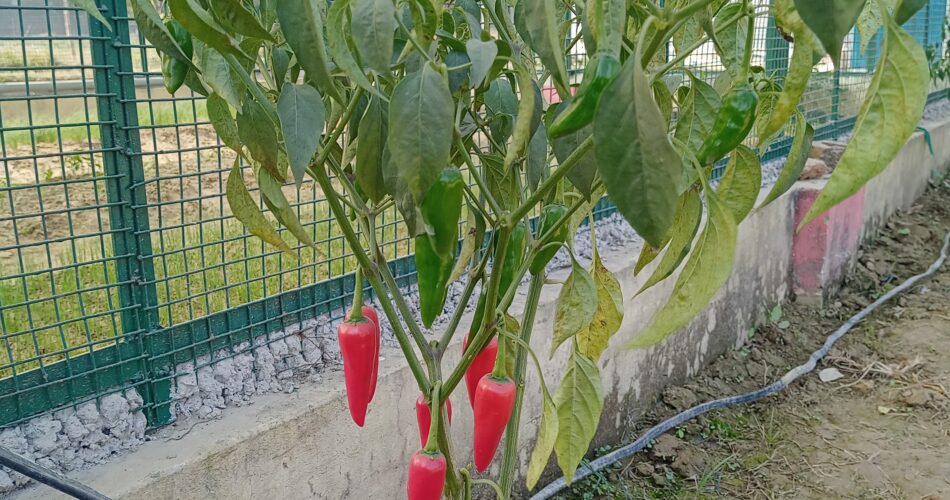When compared to diets based on conventional foods, diets based on organic products appear to be healthier and tastier and offer individuals a higher quality of life, albeit the potential contribution of the production system has not yet been sufficiently explored.Vegetable production using ecological methods is crucial to organic farming’s ability to produce food sustainably while also protecting the environment. Many farming communities, particularly kitchen gardeners, rely on organic vegetable farmers to supply healthful food and a means of subsistence.
Vegetables to Grow: Make Your Selection with suitable vegetables
Tomato, Watermelon, Okra, Brinjal, Bitter gourd, Ridge gourd, Cabbage, Radish, Beet root, Chilli
How to Choose the Right Containers
Your decision(s) should be founded on the solutions to pertinent practical concerns, such as:
- Is the material made to be used outside?
Can I keep it outside all year long? - Does it have enough depth and width to support the things I want to grow?
- What is its weight?
- Does it have enough holes for drainage?
- Avoid using hand-painted containers outside in bad weather since they could not be colorfast.
Getting Ready and Planting
Media for filling of pots/containers Substratum, or a mixture of two or three distinct materials, such as the peat-perlite or peat-pumice mixture, is utilised in a variety of containers (such as pots, bags, or slabs).
Rockwool, sand, perlite, Fermented Cocopeat substrate
Nutrition for Organic Crops
Farmyard manure, Rural compost, Urban compost, Sewage sludge, Vermicompost, Castor cake, Neem cake,
Microbial consortium (Azospirillum spp, Azotobacter spp, PSB and Peudomonas fluorescence ) contains N fixing, P & Zn solubilizing and plant growth promoting microbes.
Fertilizing and Watering
One should keep in mind that the primary function of irrigation is to apply nutrient solution homogeneously by making the entire growing media wet when choosing an irrigation system for container or bag culture.



